Luego de 45 días después de trasplantar las semillas de tomate y tras luchar contra hongos, bacterias, virus e insectos este es el resultado hasta ahora. Una excelente floración ha dado resultado a muy buenos frutos, al igual que un tratamiento adecuado de químicos y fertilizantes orgánicos, al parecer el trabajar en conjunto con ambos da un efecto positivo sobre el cultivo.
After 45 days after transplanting the tomato seeds and after fighting against fungi, bacteria, viruses and insects this is the result so far. An excellent flowering has resulted in very good fruits, as well as an adequate treatment of chemicals and organic fertilizers, it seems that working together with both gives a positive effect on the crop.
Esta vez aplicamos mas abonos orgánicos y biológicos en lugar de químicos, para tratar de mantener una durabilidad mayor con las plantas, por ahora solo quedan 35 días aproximadamente para que inicie nuestra cosecha y este es el resultado.
This time we applied more organic and biological fertilizers instead of chemicals, to try to maintain a longer durability with the plants, for now there are only 35 days approximately to start our harvest and this is the result.
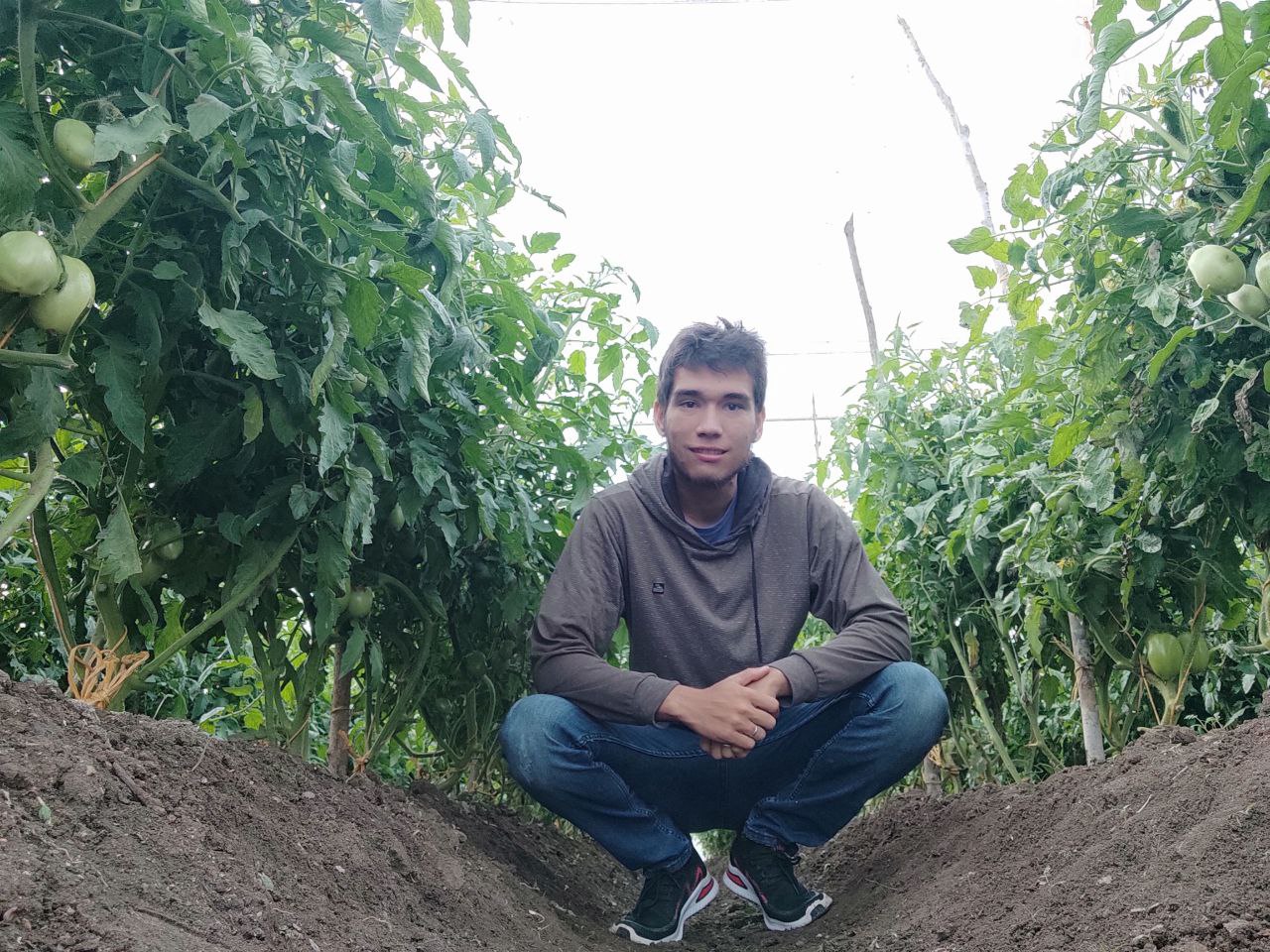
El follaje del tomate shanty es mucho mayor al de otras variedad que hemos cultivado, al igual que el crecimiento de su tallo, sin embargo a pesar de trabajar un poco atrasados ha dado muy buenos frutos. Las mujeres que usualmente amarran y desojan este tomate, deben hacer por 1 semana completa al menos cada 8 días, ya que las plantas crecen tan rápido que hay que hacer el trabajo de nuevo prácticamente, que consiste en desojar un poco las plantas para que los frutos obtengan esos nutrientes, amarrar las guías principales y secundarias luego de que crecen y seleccionar las nuevas que tengan mas floración.
The foliage of the shanty tomato is much larger than other varieties we have grown, as is the growth of its stem, but despite working a little behind, it has borne very good fruit. The women who usually tie up and unroot this tomato, should do it for 1 full week at least every 8 days, since the plants grow so fast that you have to do the work again practically, which consists of unrooting the plants a little so that the fruits get those nutrients, tie up the main and secondary guides after they grow and select the new ones that have more flowering.
El tomate probablemente en 2 semanas supere mi tamaño, 1.71m de altura, ya que han crecido mucho mas de lo normal, sin embargo parece ser una característica de la planta, además que el nitrógeno puro de la lluvia ayuda a ese crecimiento.
The tomato will probably exceed my size in 2 weeks, 1.71m in height, as they have grown much more than normal, however it seems to be a characteristic of the plant, plus the pure nitrogen from the rain helps this growth.
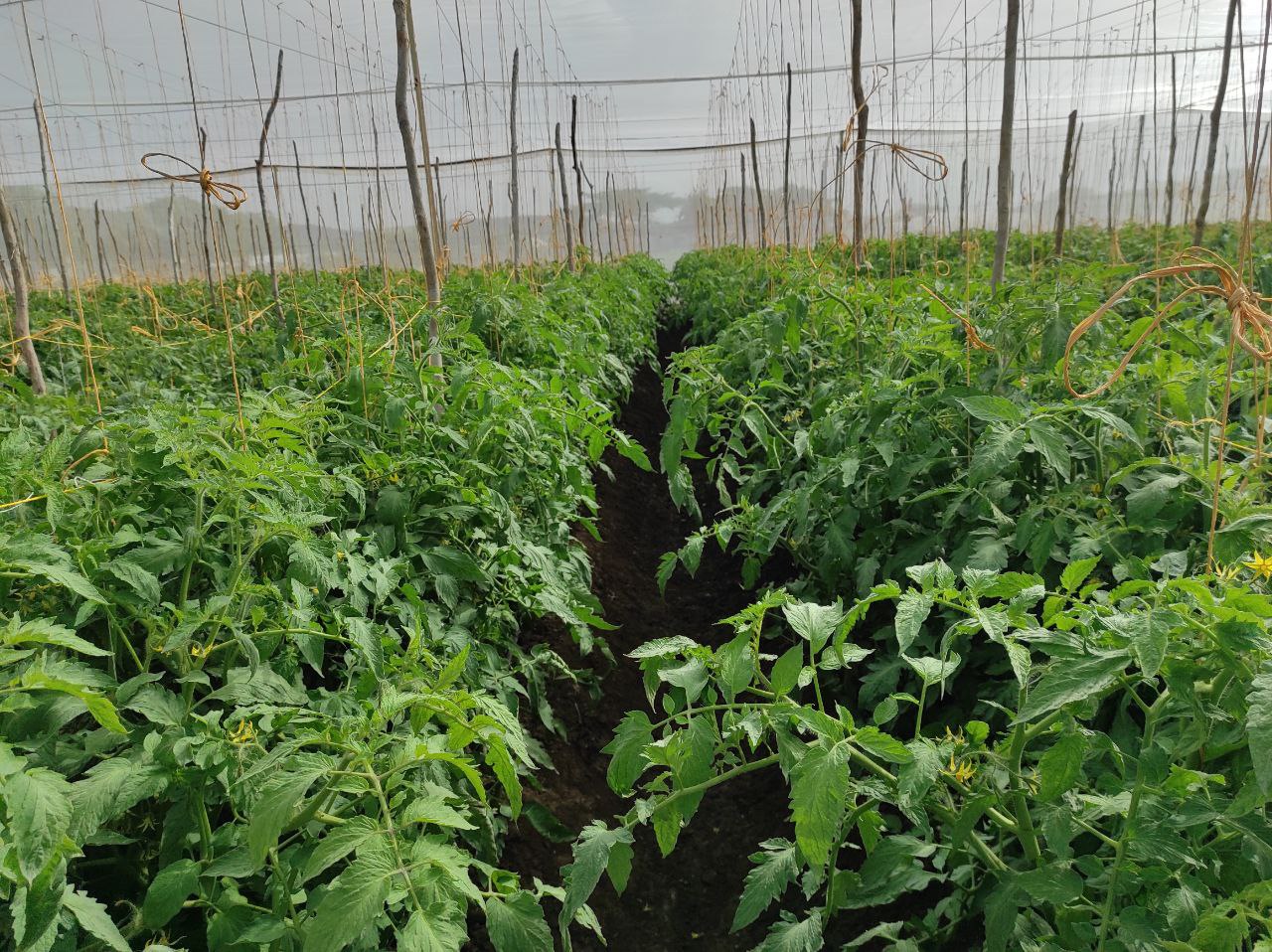
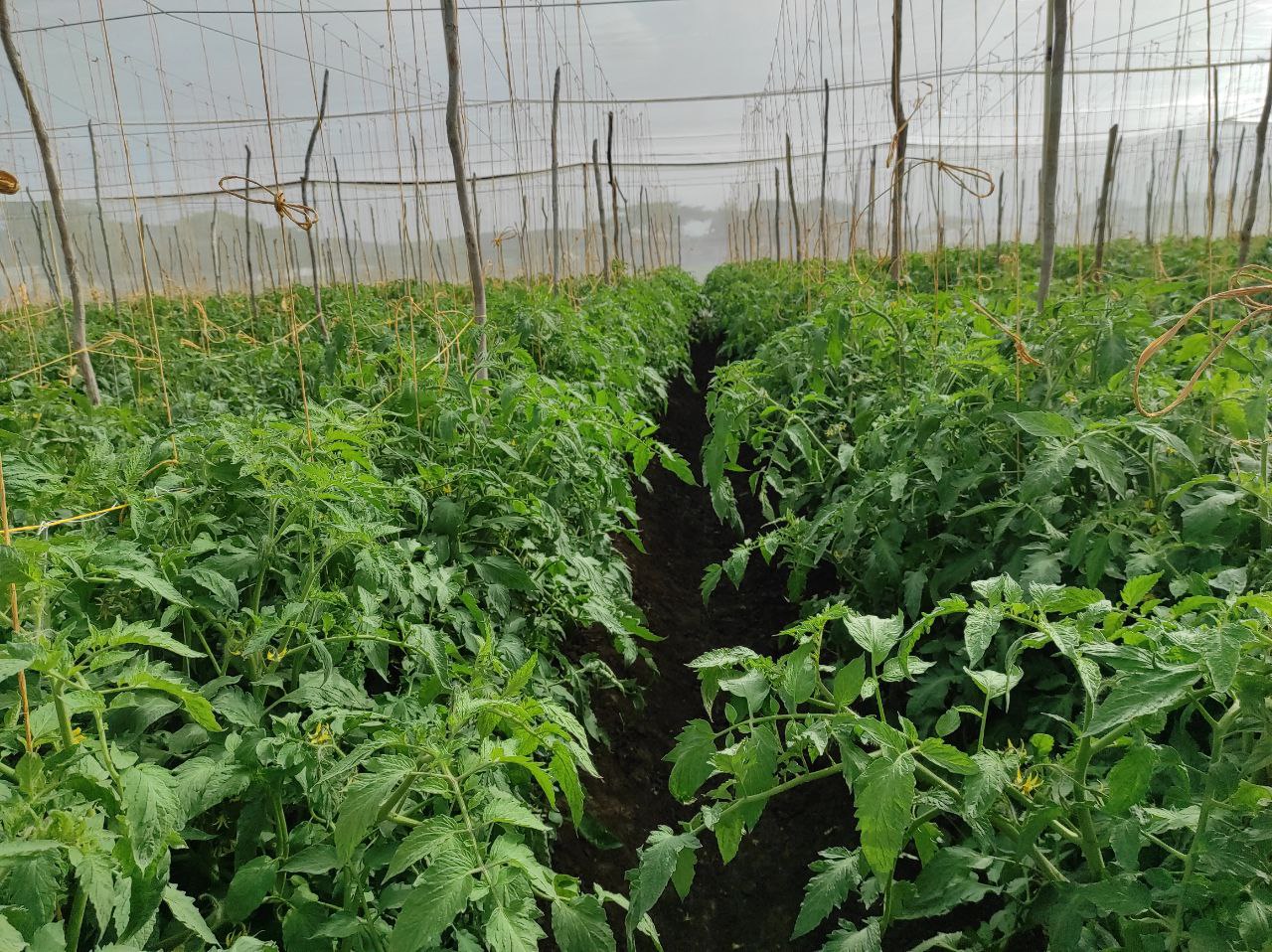
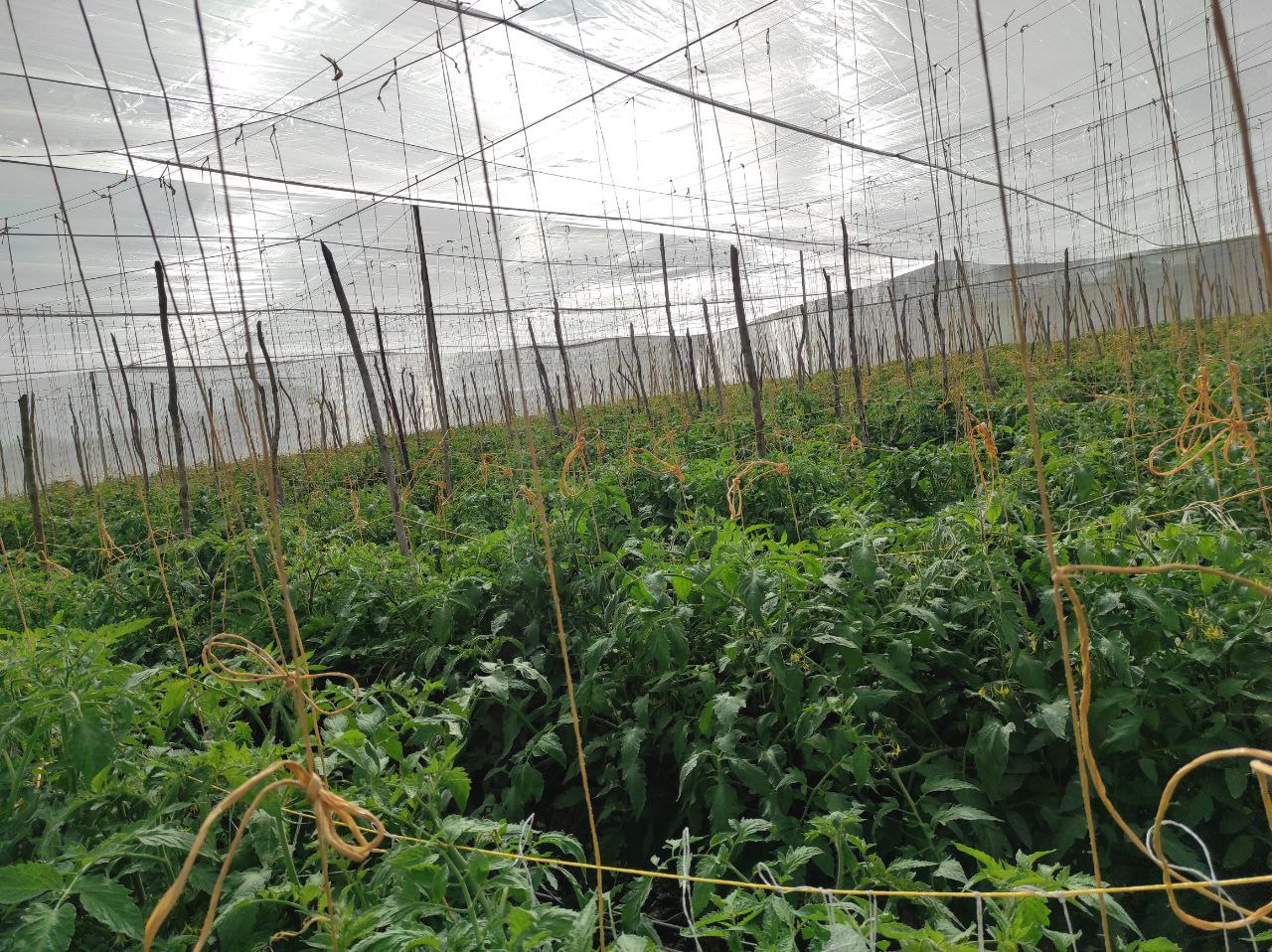

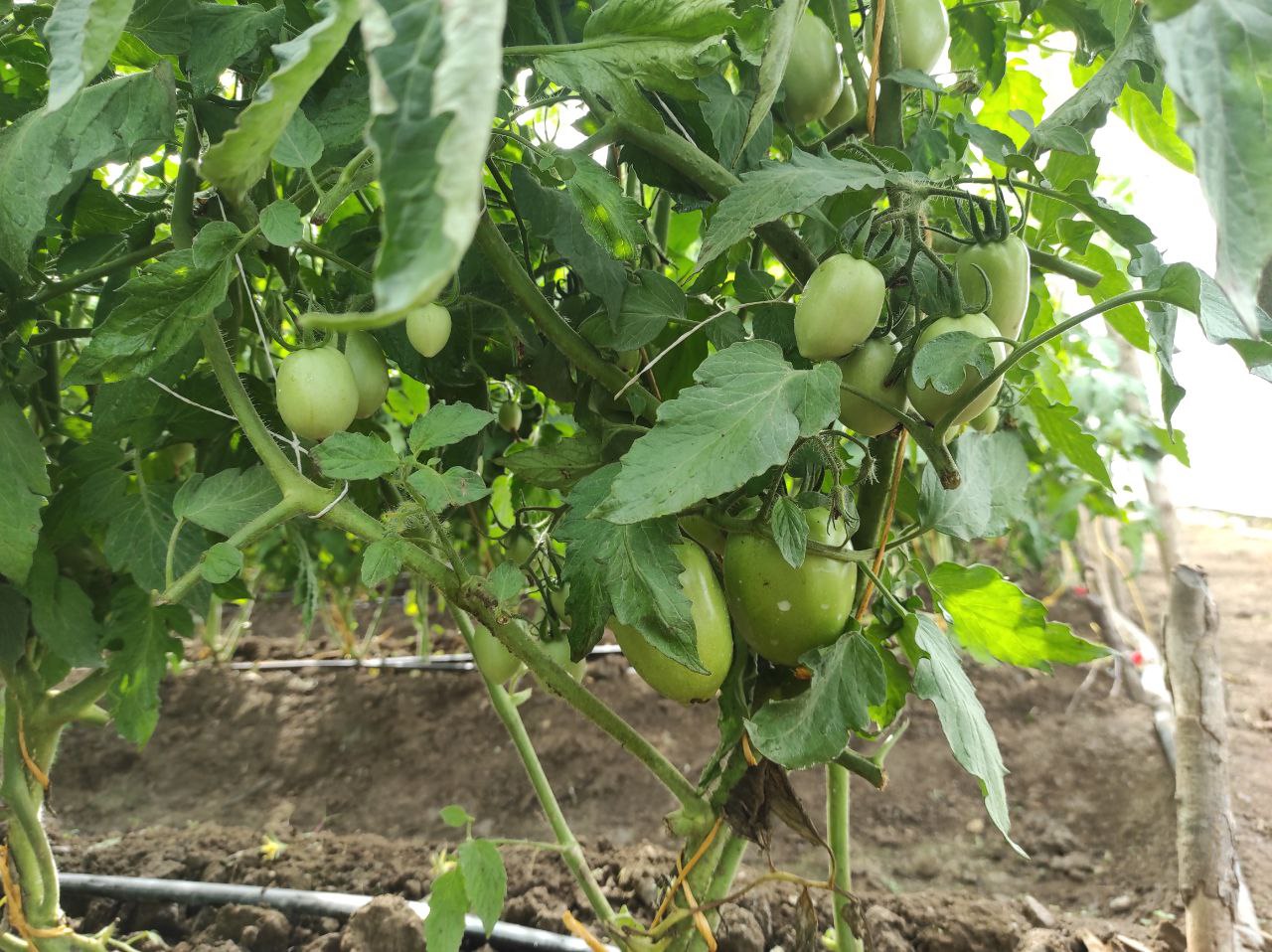

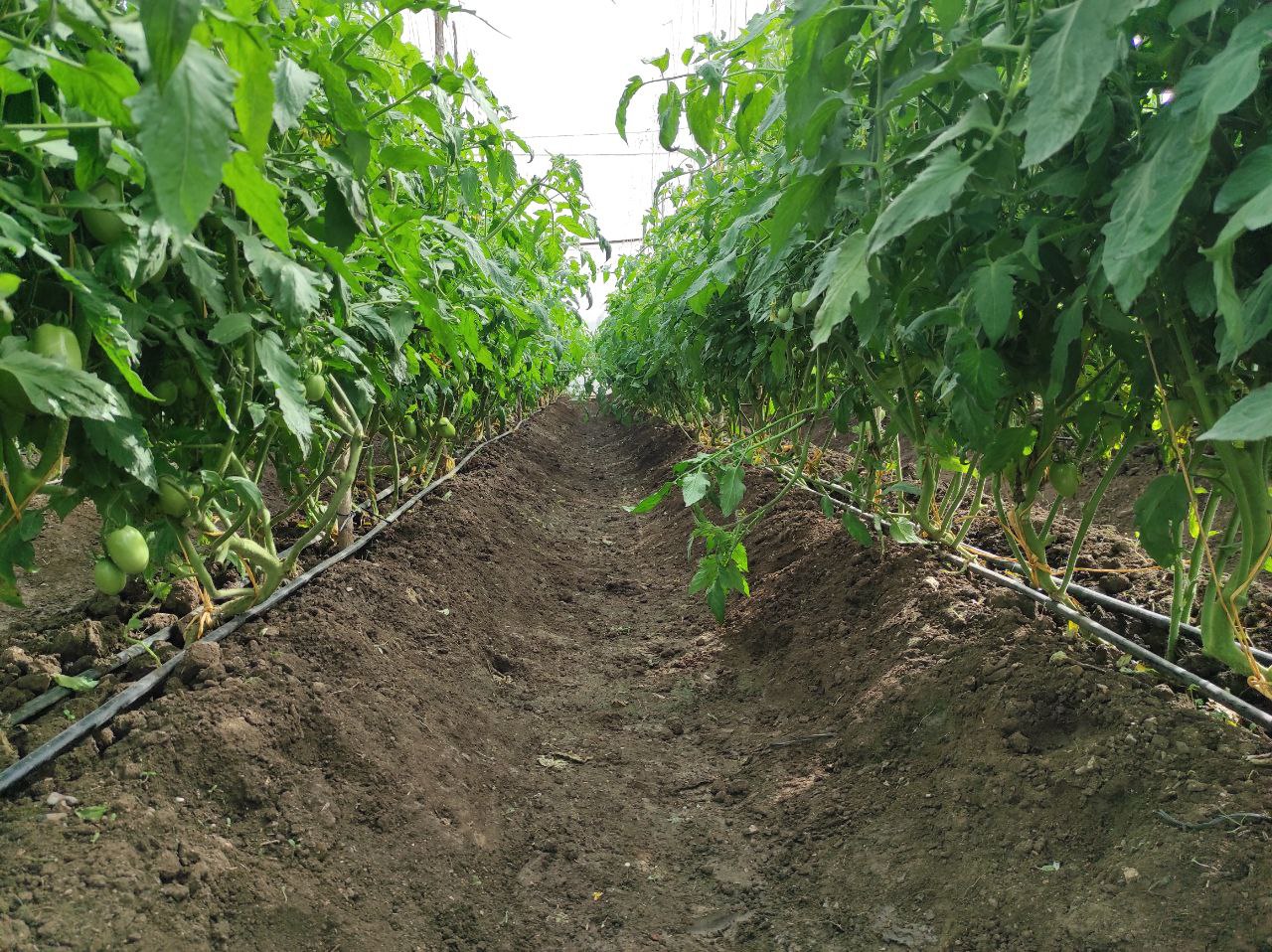

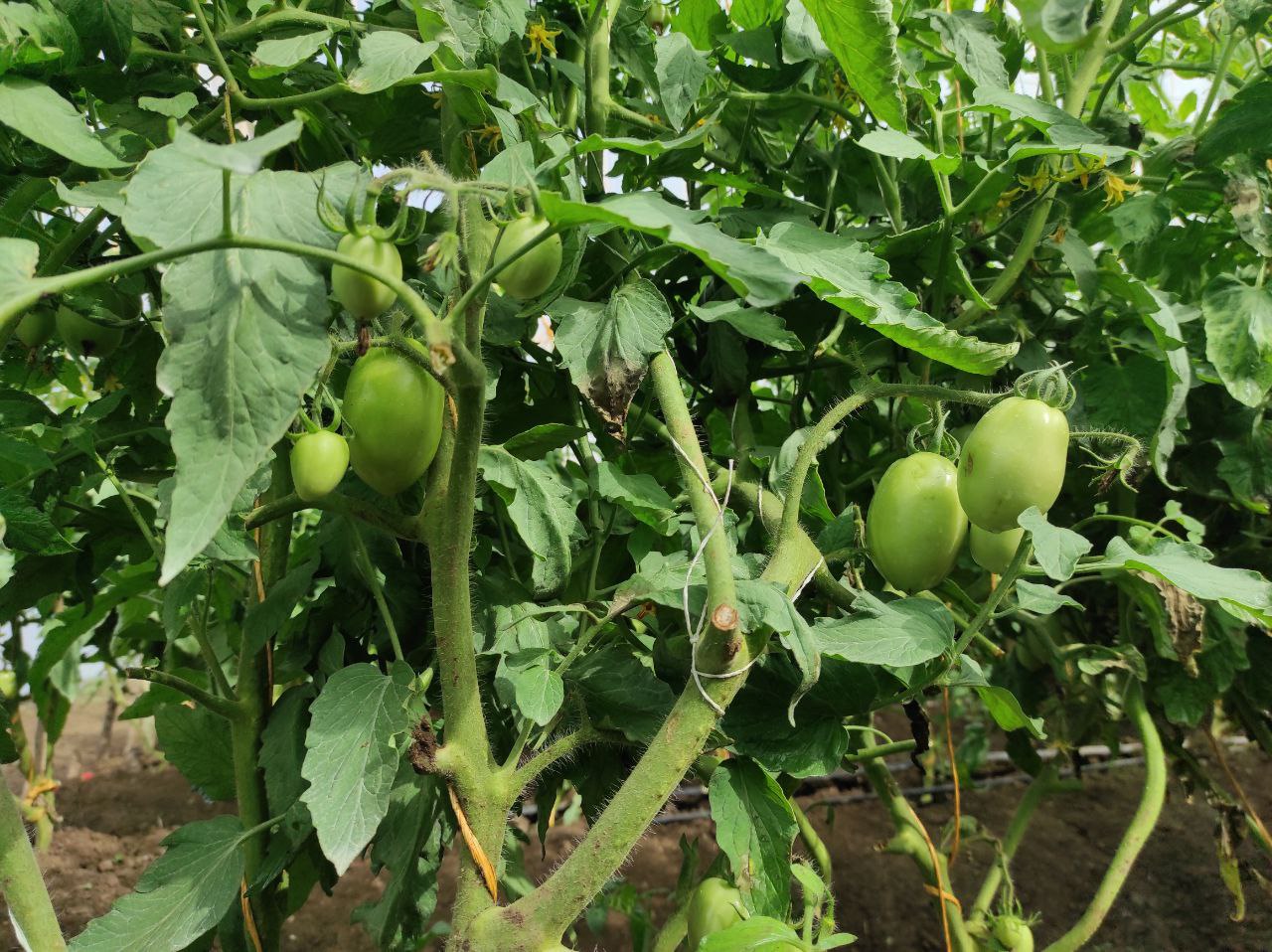
Caminar por los surcos no es tarea fácil, por lo cual decidimos colocar troncos en el invernadero para amarrar de allí las guías secundarias, ya que el peso puede hacer que los tubos se doblen, de esta manera no hay problema.
En una sola planta conté mas de 38 frutos formados y creciendo en perfecto estado.
Walking along the furrows is not an easy task, so we decided to place logs in the greenhouse to tie the secondary guides from there, since the weight can cause the tubes to bend, but this way there is no problem.
In a single plant I counted more than 38 fruits formed and growing in perfect condition.
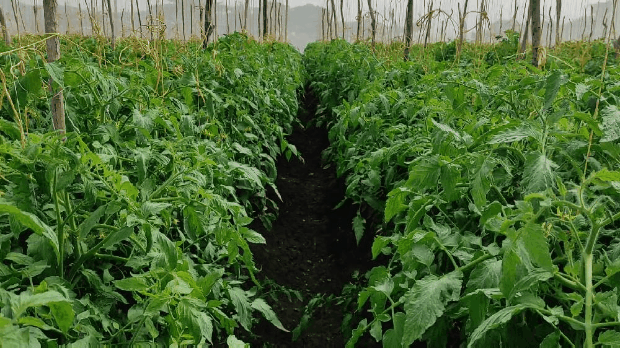
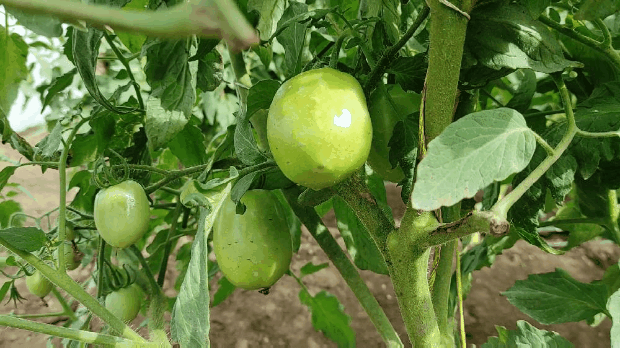
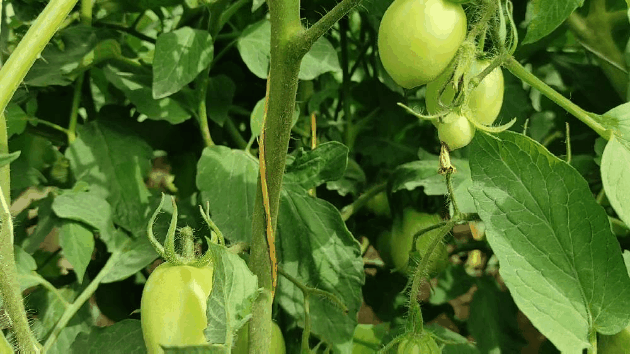
Omitiendo el problema con la bacteria, en donde perdimos 600 plantas todo esta perfecto, al parecer las aplicaciones de fungicidas y bacterias benéficas como trichoderma y bacillus subtilis han funcionado y detuvieron el avance de la ralstonia sp, lo cual es una excelente noticia.
Omitting the problem with the bacteria, where we lost 600 plants, everything is perfect, apparently the applications of fungicides and beneficial bacteria such as trichoderma and bacillus subtilis have worked and stopped the advance of ralstonia sp, which is excellent news.
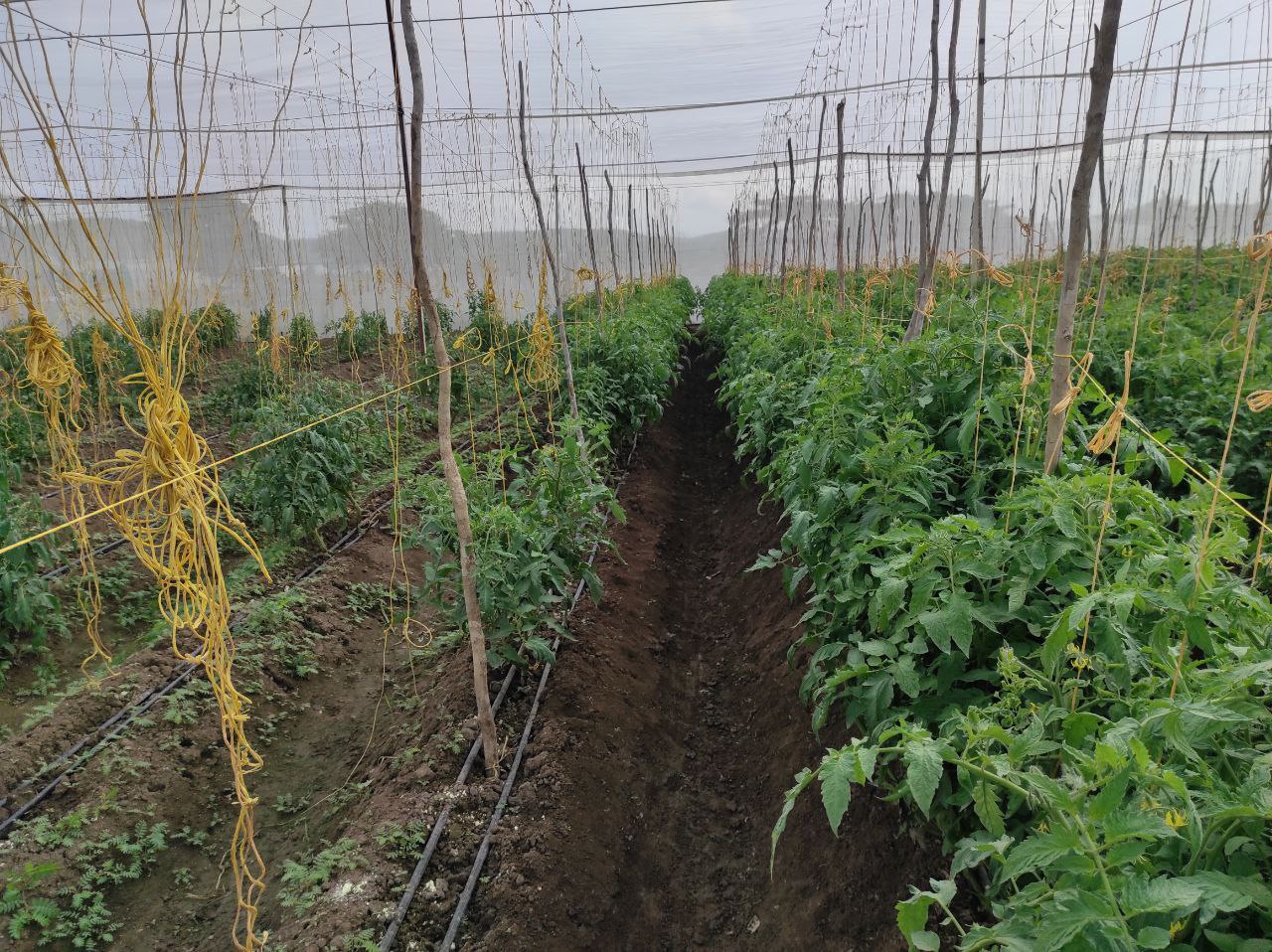

Las plantas de tomate Álvaro también están muy bonitas y altas, sin embargo han muerto 40 plantas por culpa de la bacteria, la diferencia es que aquí ataco en diferentes partes es decir de punta a punta, y me preocupa mucho mas ya que son mas susceptibles a virus y enfermedades, son mucho menos resistentes pero son mas productivas.
Espero detener el avance de la bacteria esta semana.
The Álvaro tomato plants are also very nice and tall, however 40 plants have died because of the bacteria, the difference is that here it attacks in different parts, that is to say from tip to tip, and it worries me much more since they are more susceptible to viruses and diseases, they are much less resistant but they are more productive.
I hope to stop the advance of the bacteria this week.
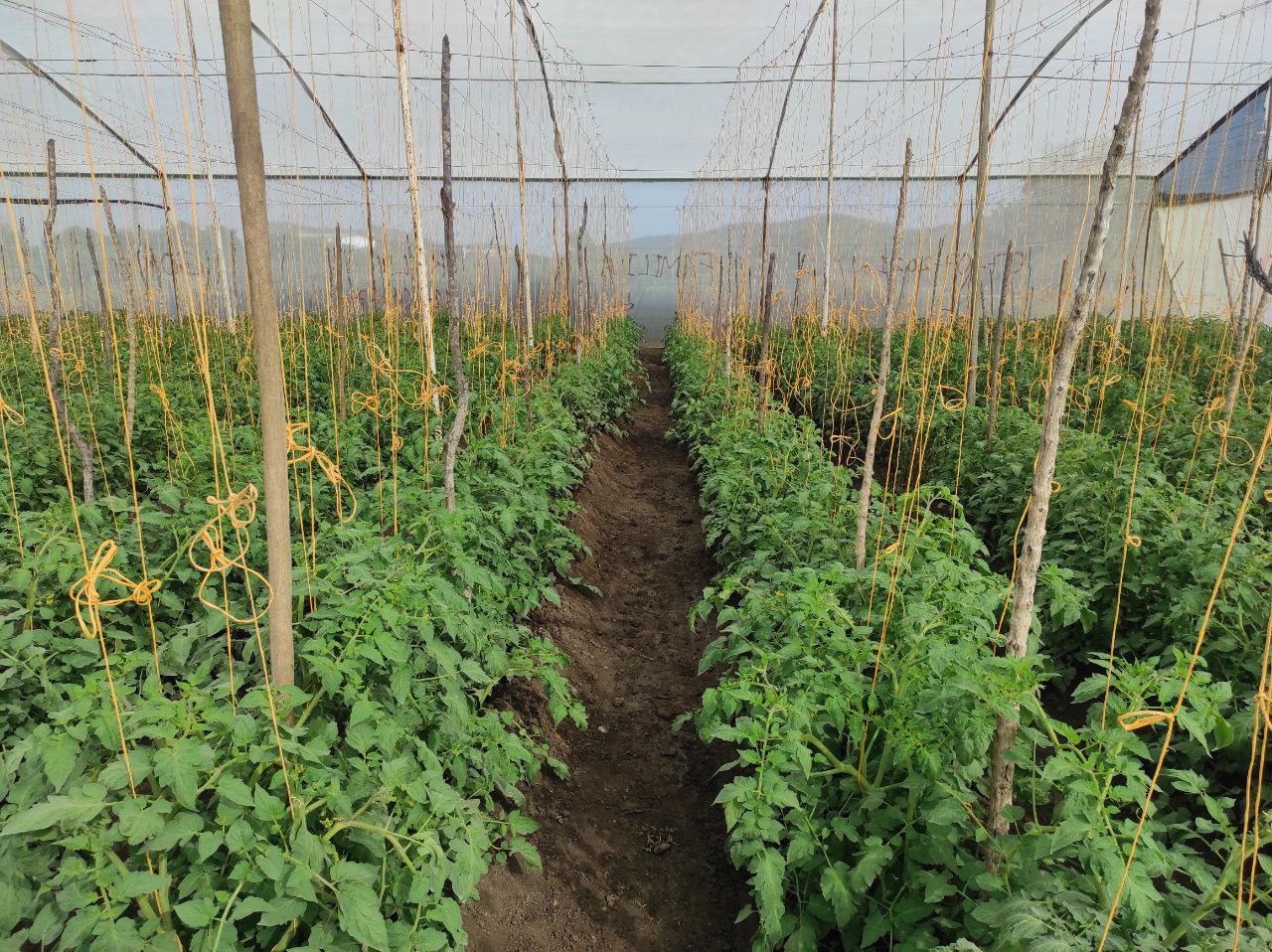

Un cultivo con 4 meses desde que fue sembrado de tomate vanessa aun esta produciendo algunas cestas.
Aunque esta en total abandono, por que no se fumigo, no se rego, ni se le aplicaron mas fertilizantes o fungicidas aun esta produciendo flores y guías nuevas. El motivo por que se abandono fue que con los cambios drásticos del clima, las plantas se convirtieron en "machos", la planta solo florea pero no trae frutos, esto es un mecanismo de defensa el cual aplica para sobrevivir mas tiempo.
A crop with 4 months since it was planted with vanessa tomato is still producing some baskets.
Although it is in total abandonment, because it was not sprayed, not watered, no fertilizers or fungicides were applied, it is still producing new flowers and guides. The reason why it was abandoned was that with the drastic changes in the climate, the plants became "males", the plant only flowers but does not bring fruits, this is a defense mechanism which is applied to survive longer.
Además de eso esta variedad muy mas susceptible a la alternaría solani, mancha de hierro, por lo cual fue imposible curar las plantas de este patógeno, la lluvia también golpeo las floraciones y no se cortaron las cestas esperadas.
Sin embargo nos dimos cuenta que trae flores nuevas, frutos ya grandes y guías verdes y sanas, ya no son recuperables, pero vemos lo fiel que es el cultivo de tomate.
In addition, this variety is very susceptible to alternaria solani, iron stain, so it was impossible to cure the plants of this pathogen, the rain also hit the blooms and the expected baskets were not cut.
However, we noticed that new flowers, large fruits and healthy green guides are no longer recoverable, but we see how faithful the tomato crop is.

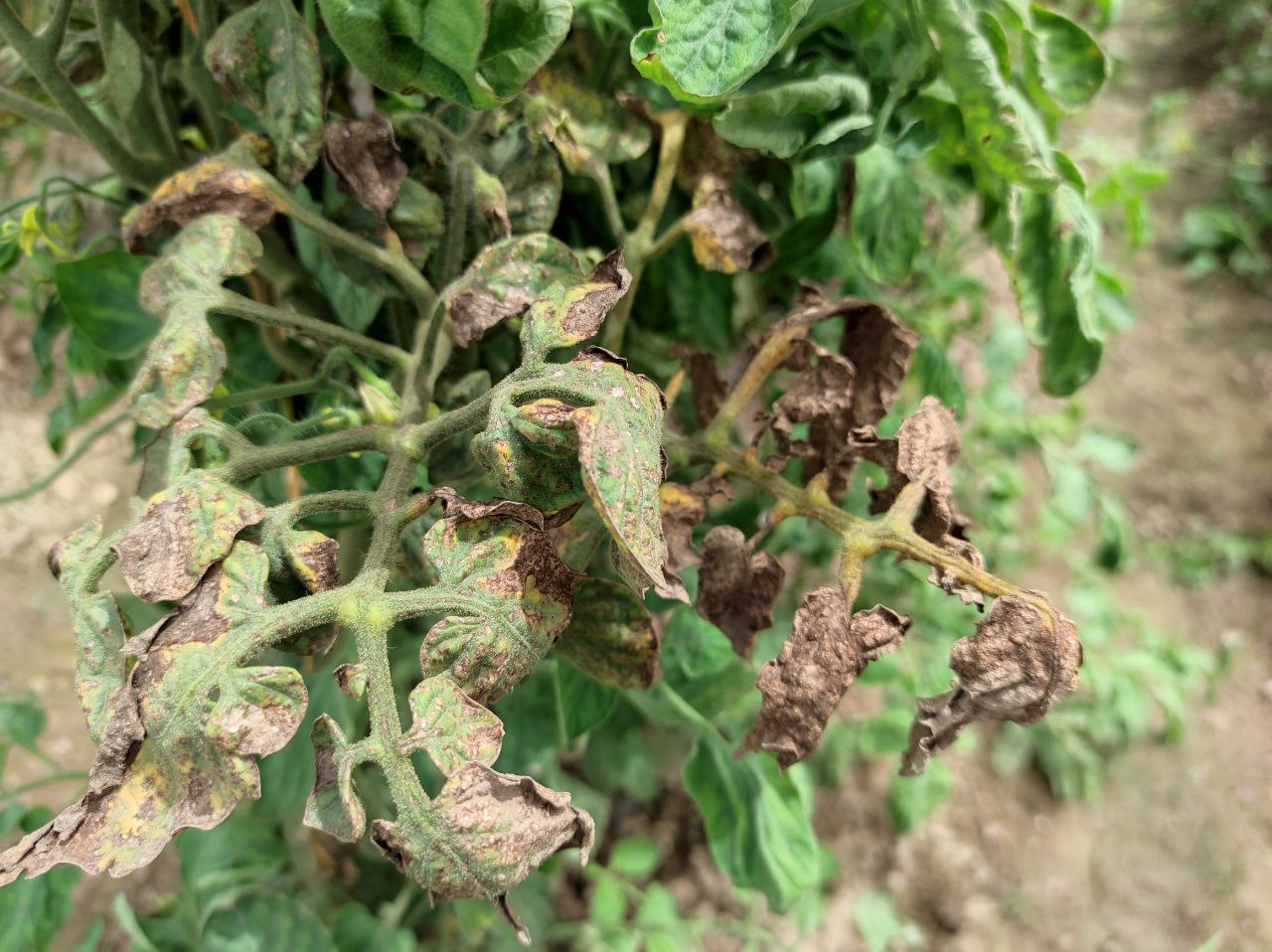
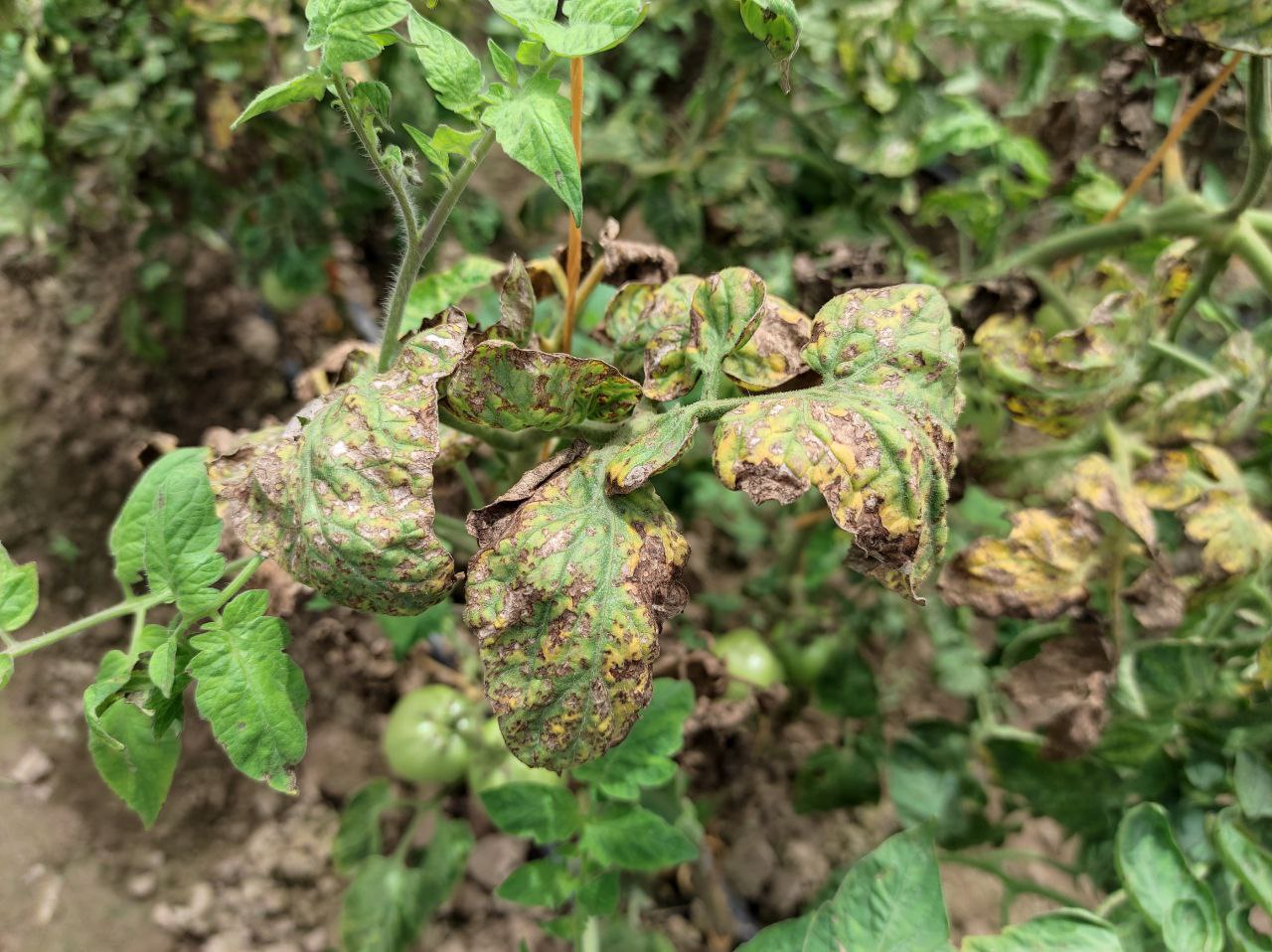
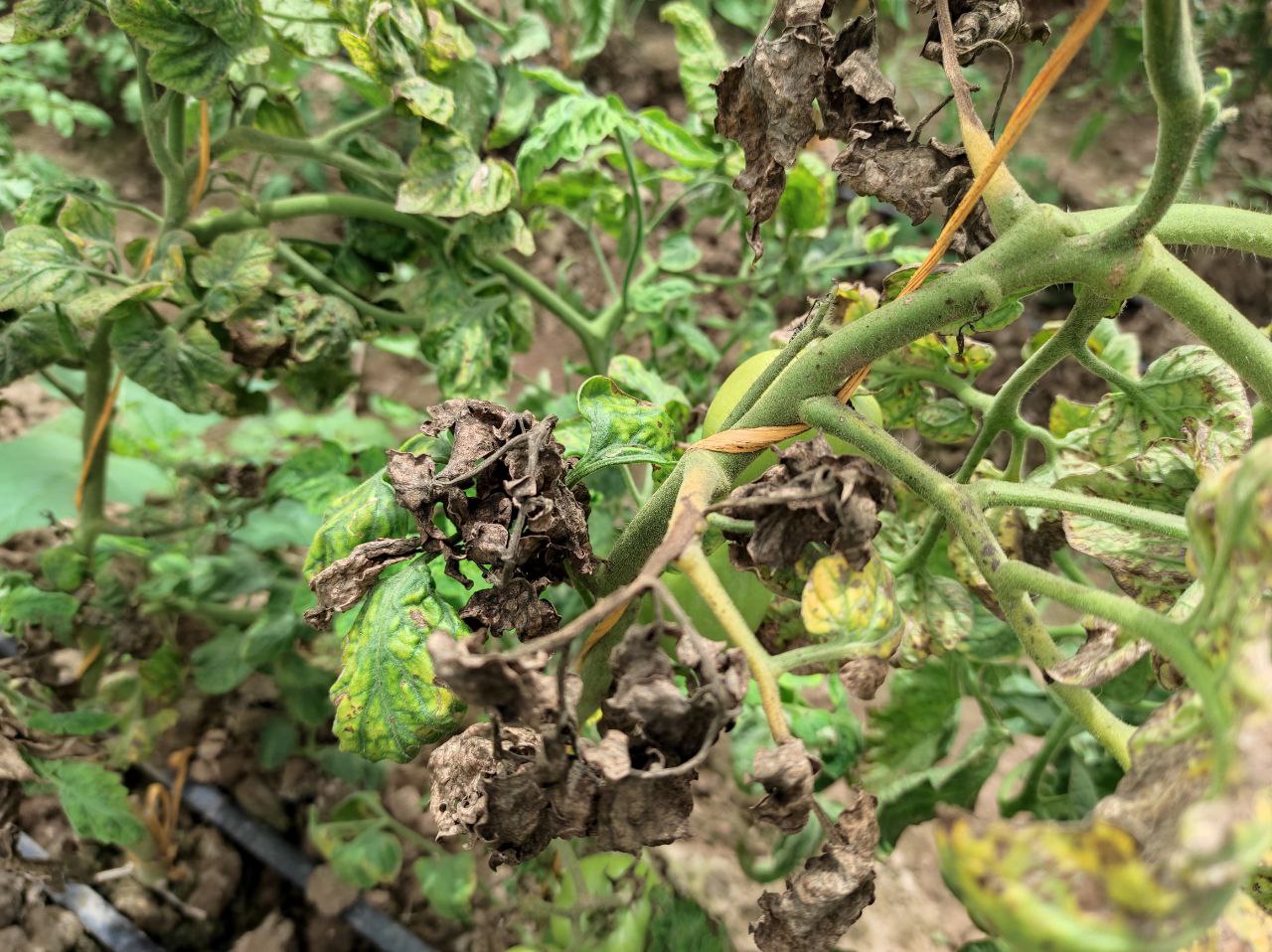
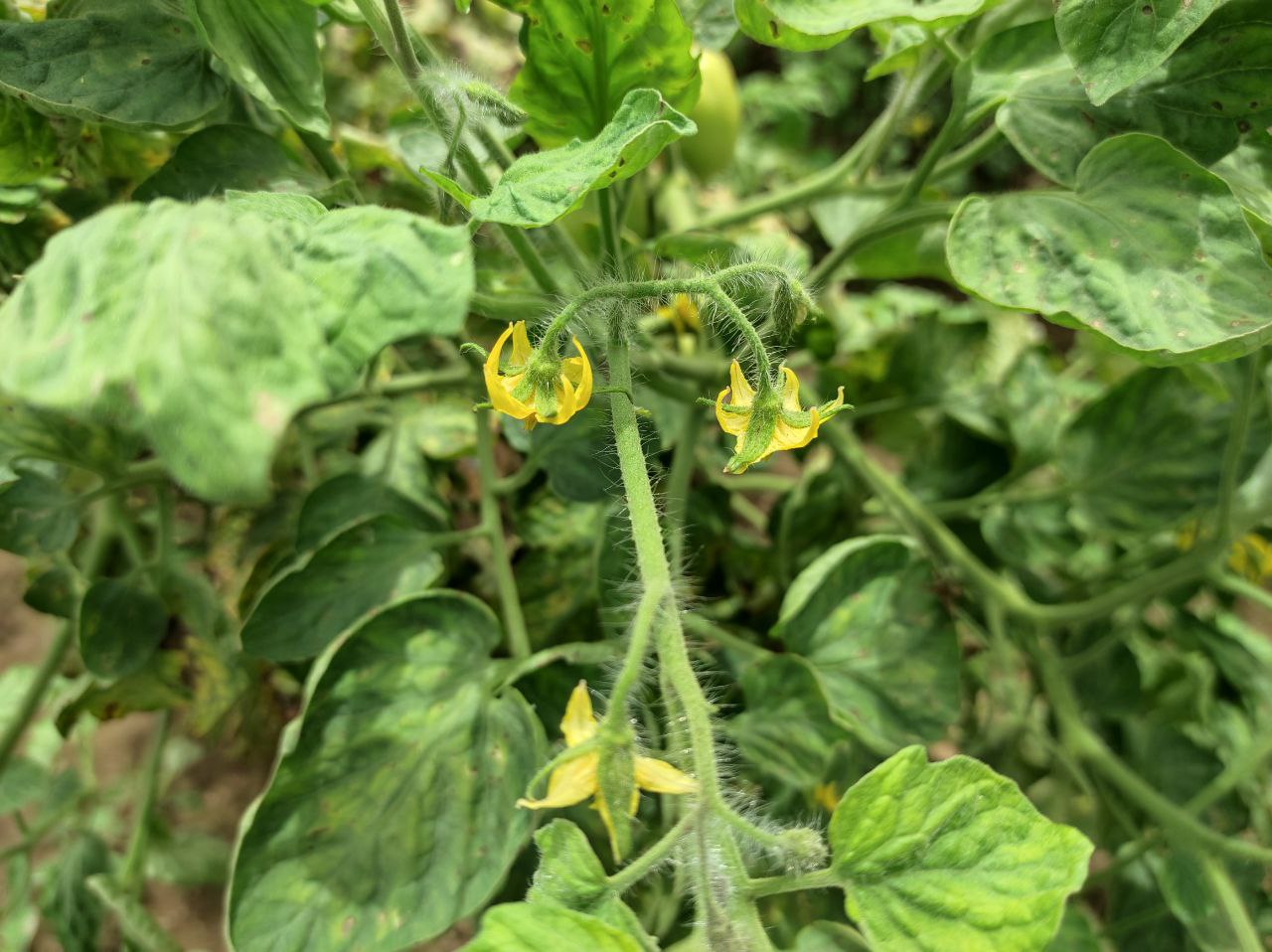
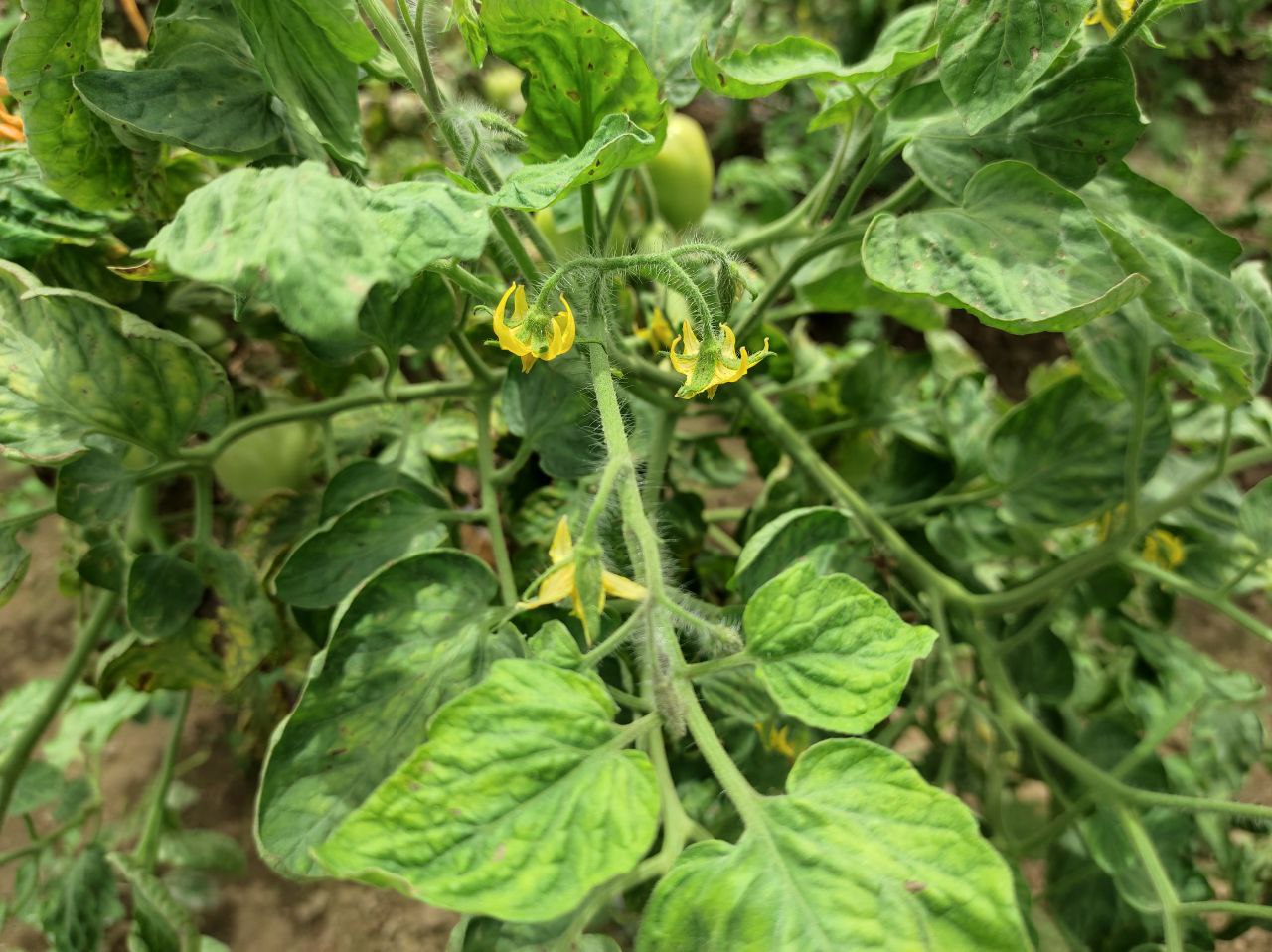
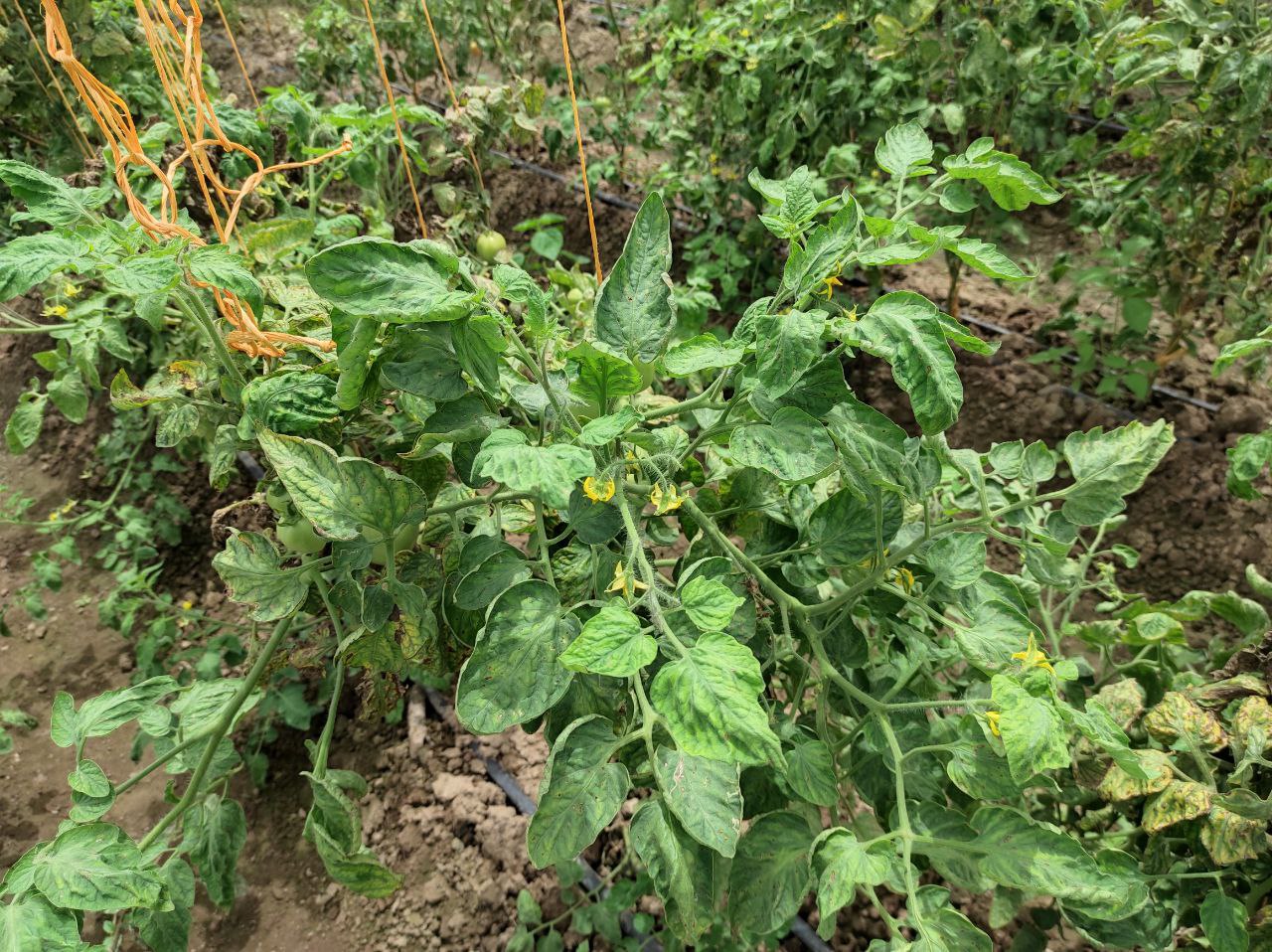
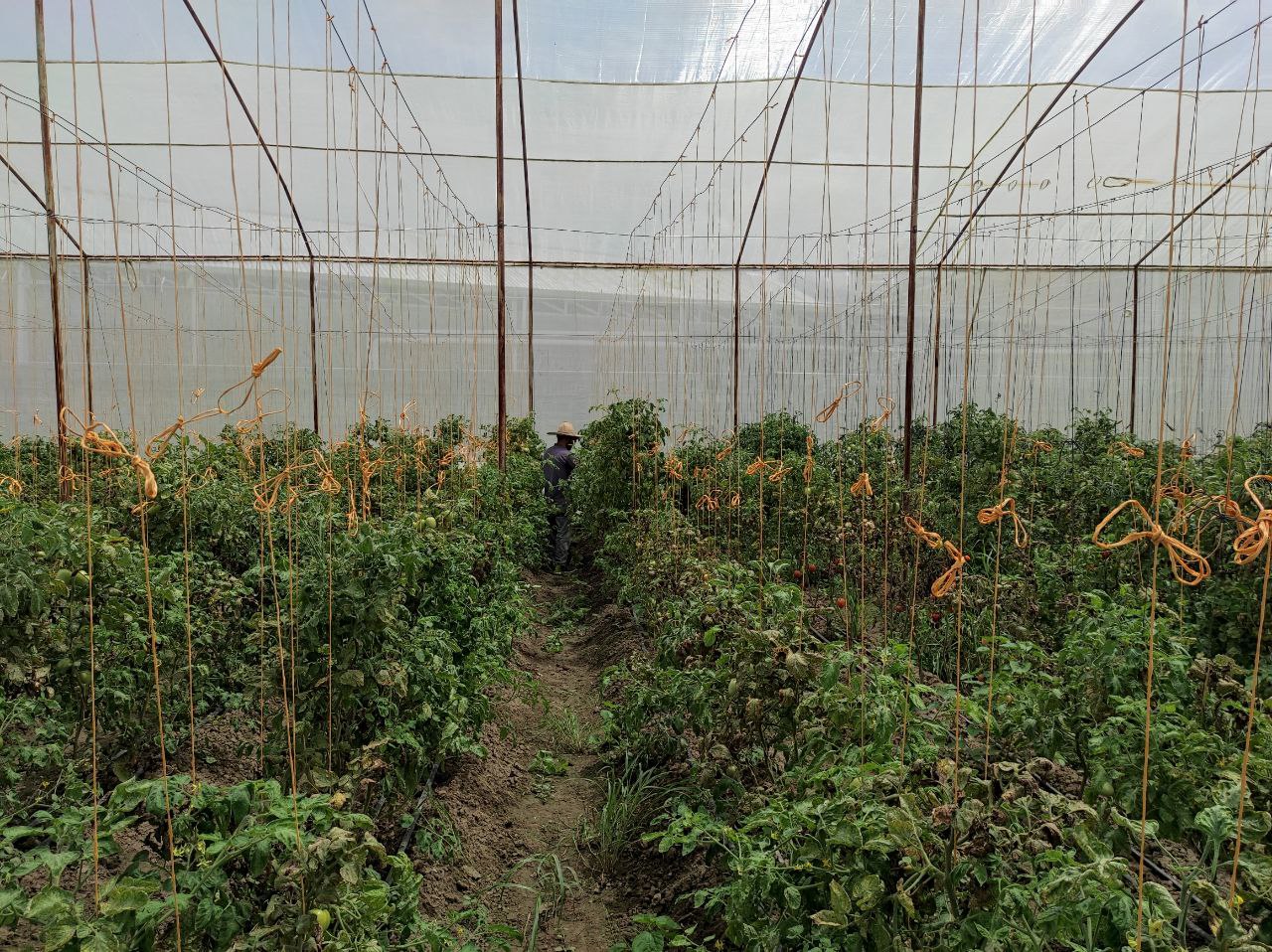
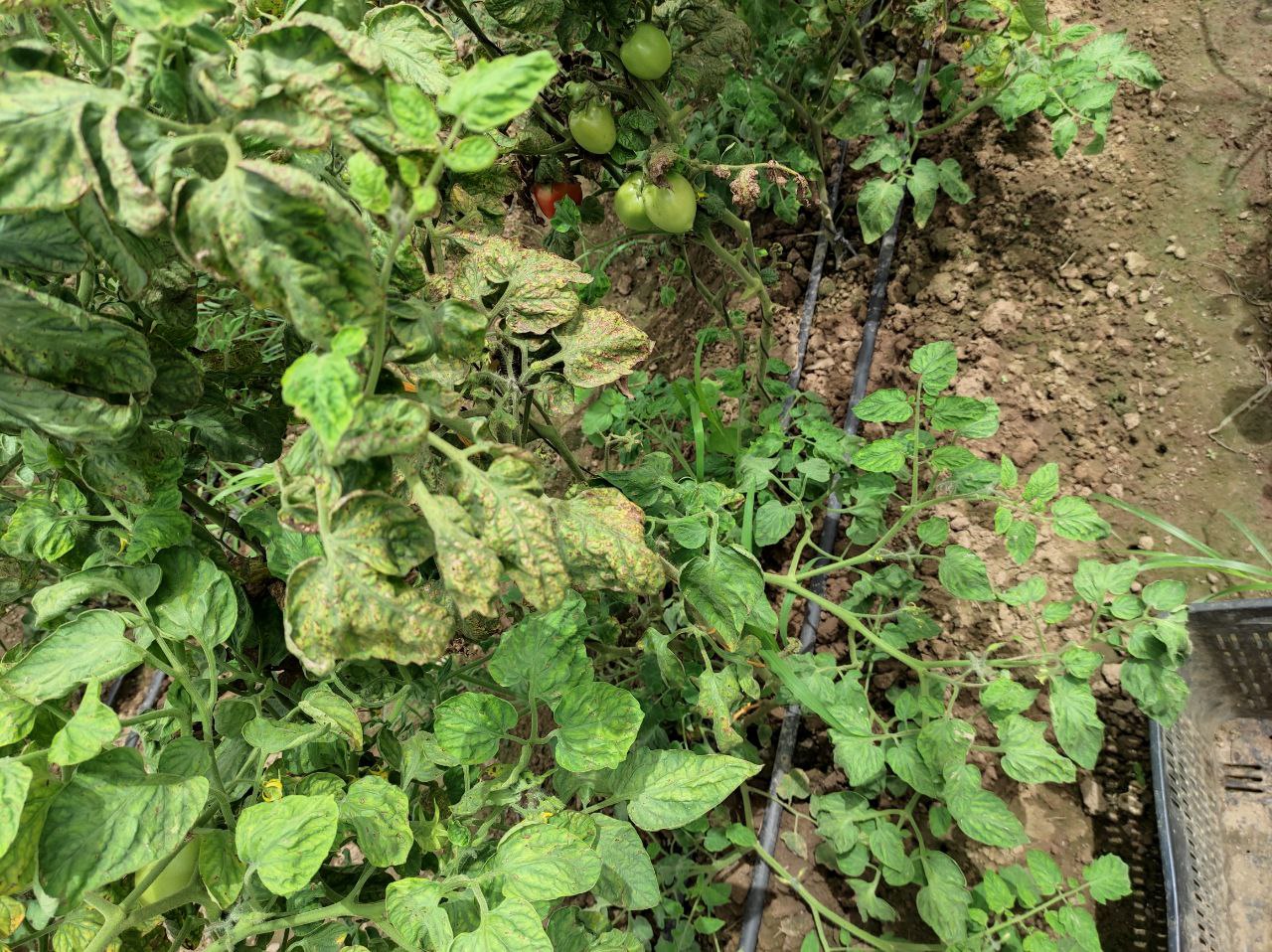
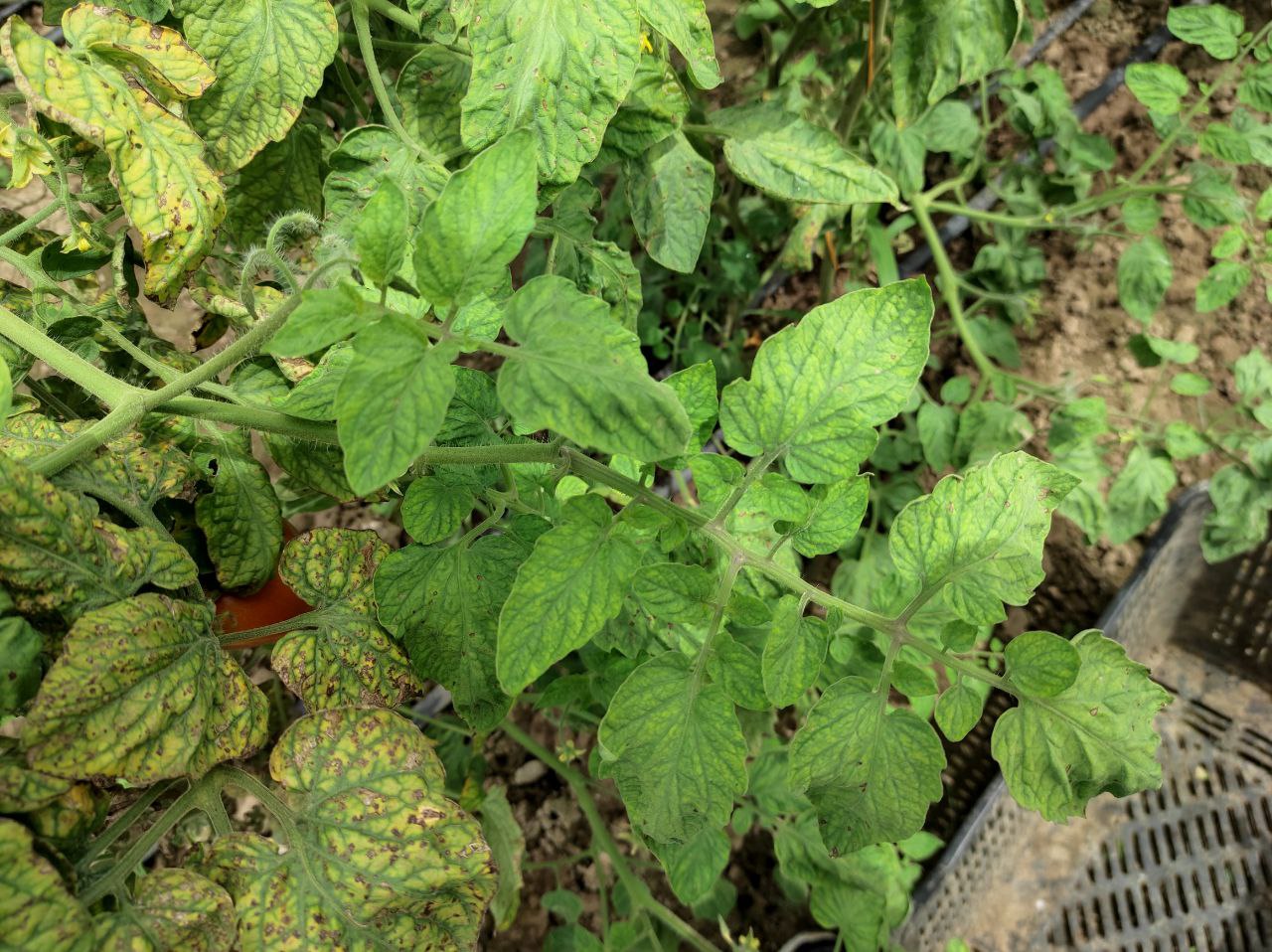
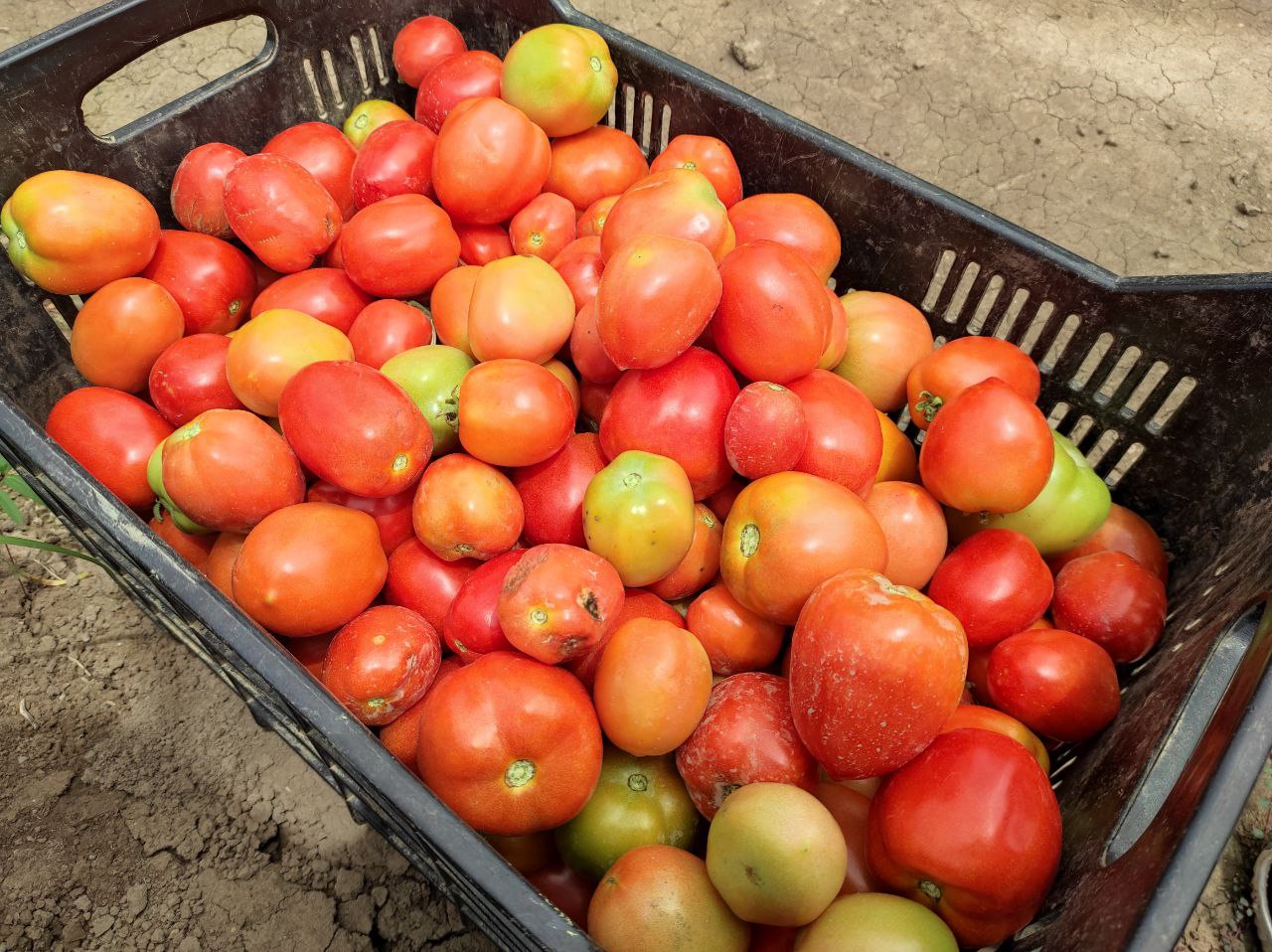
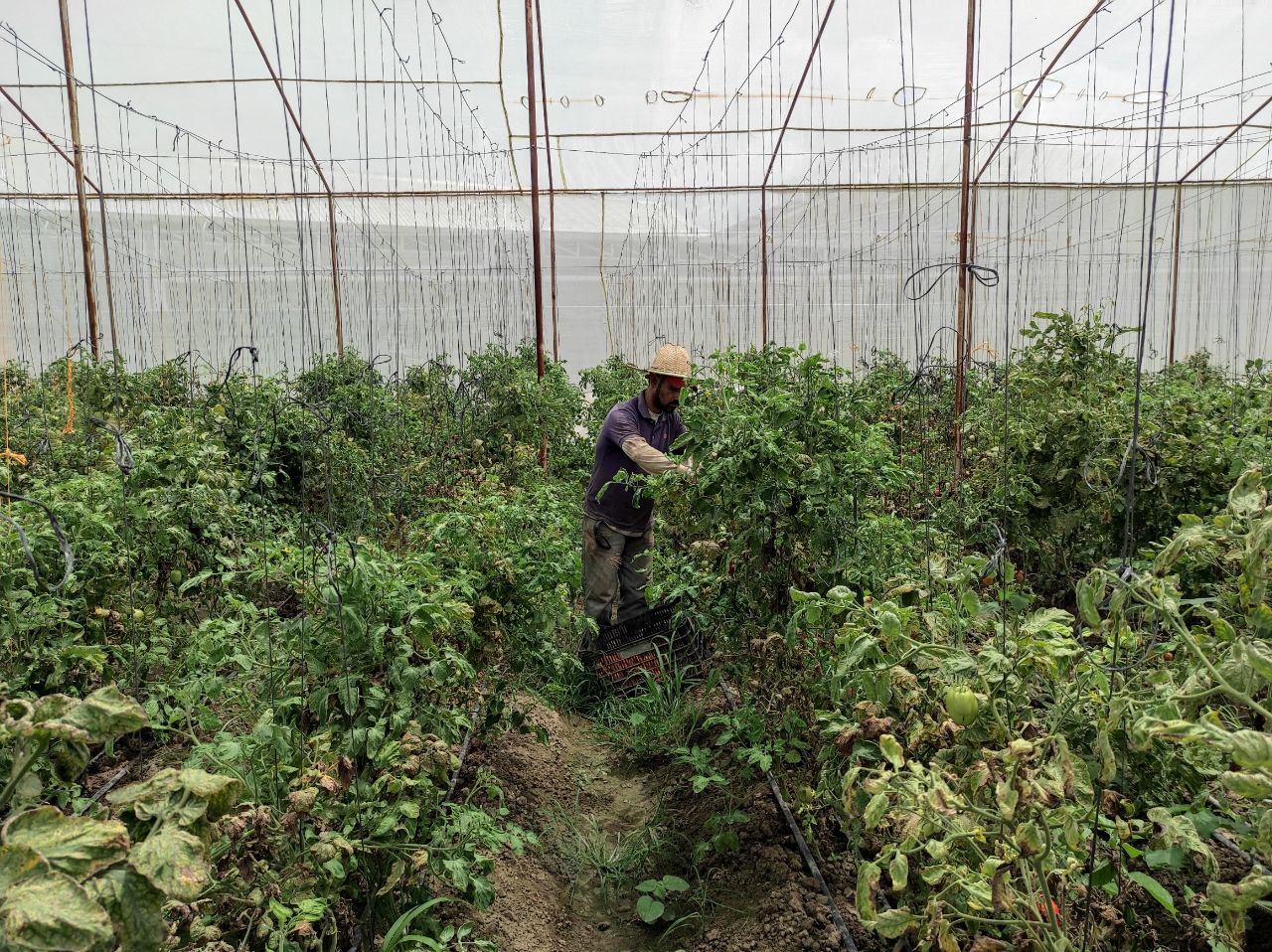
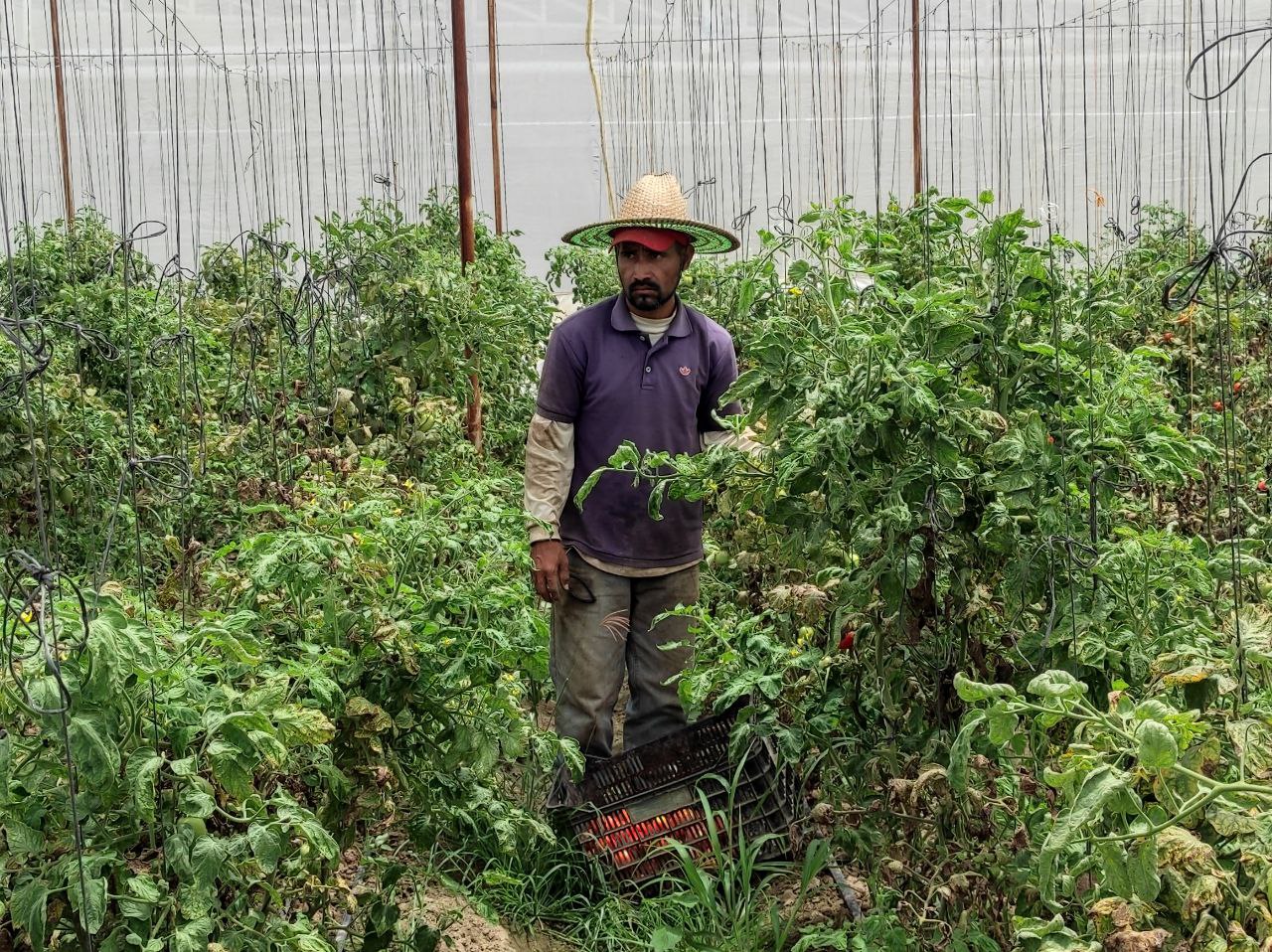
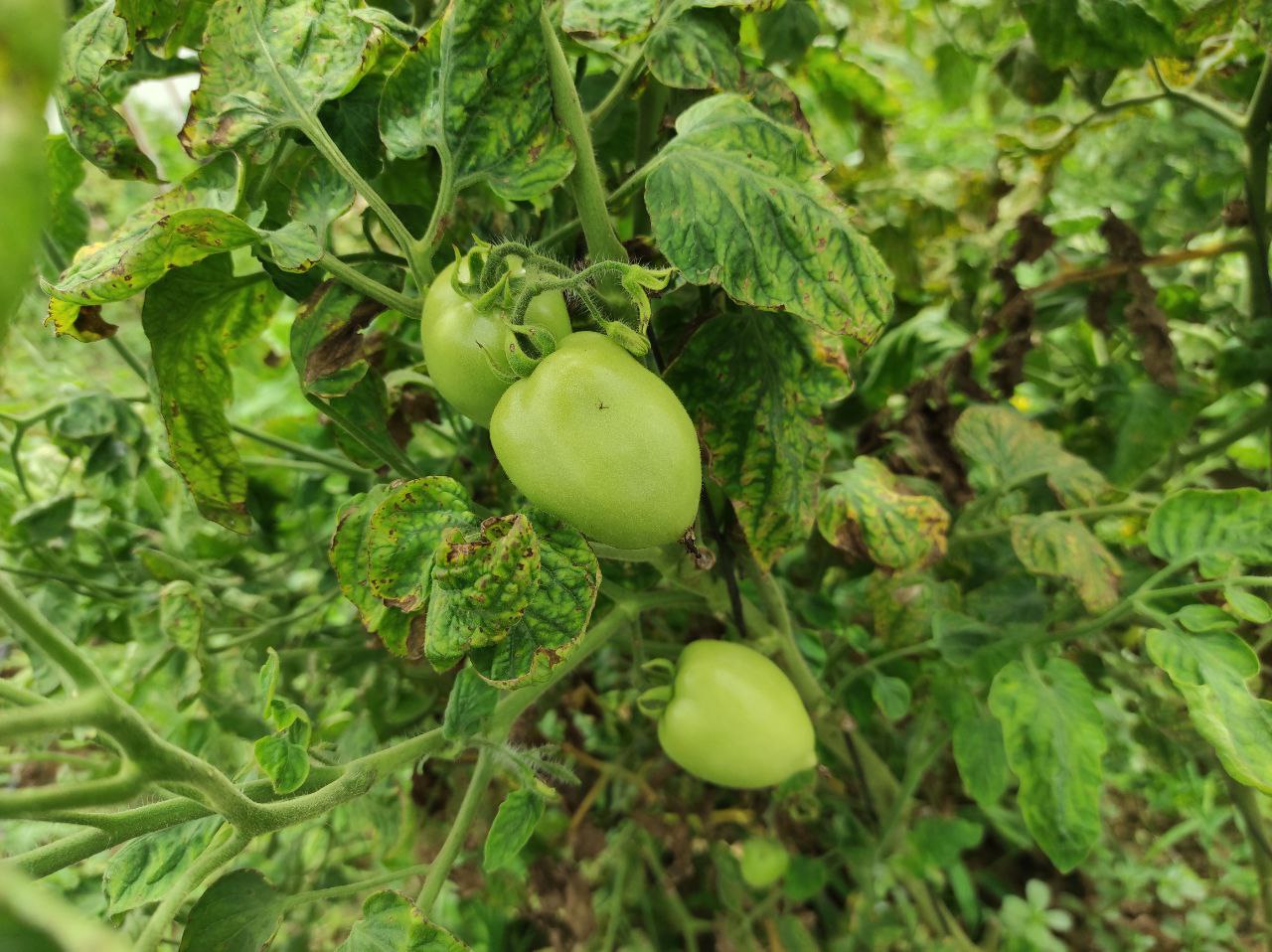

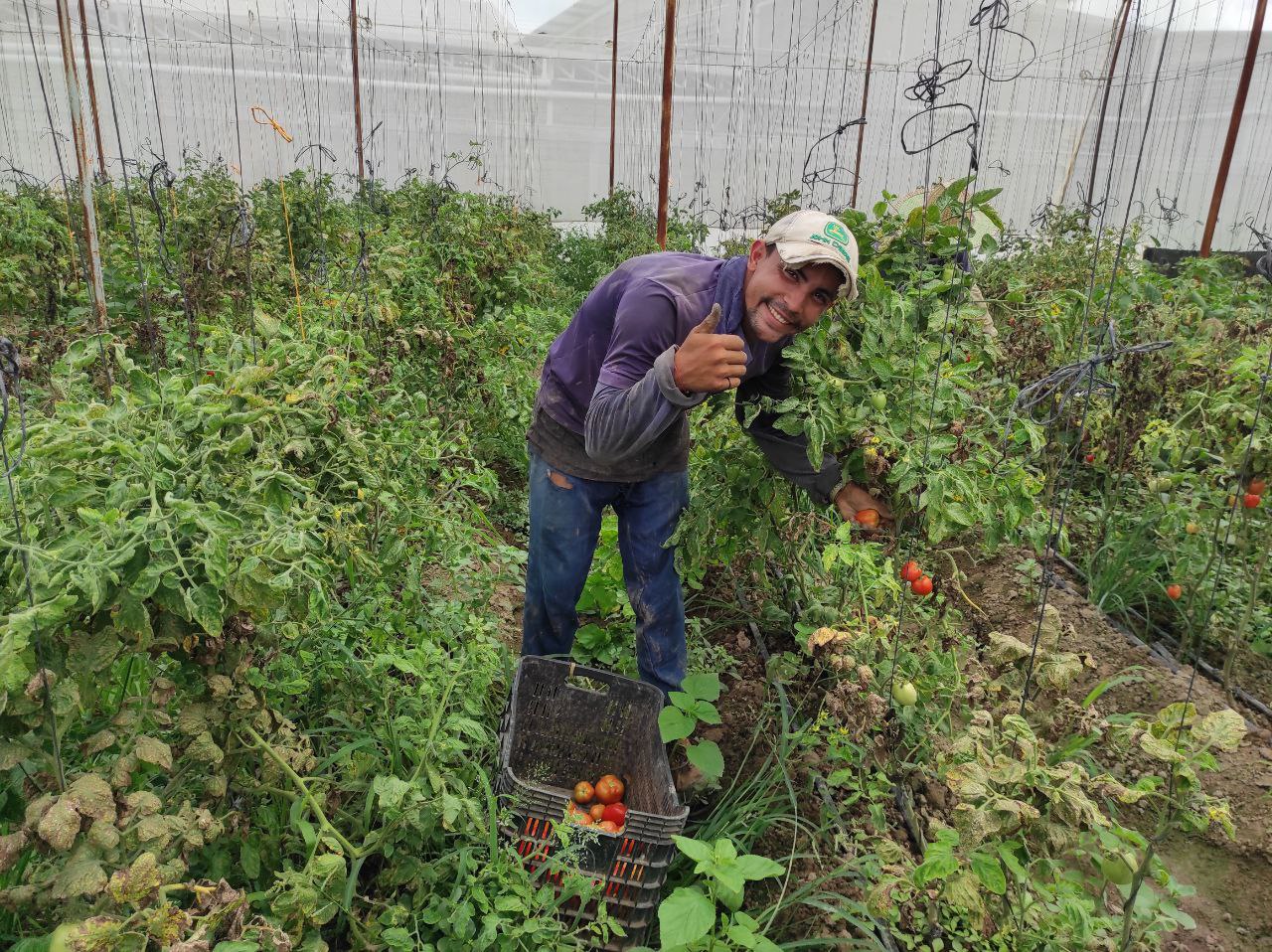
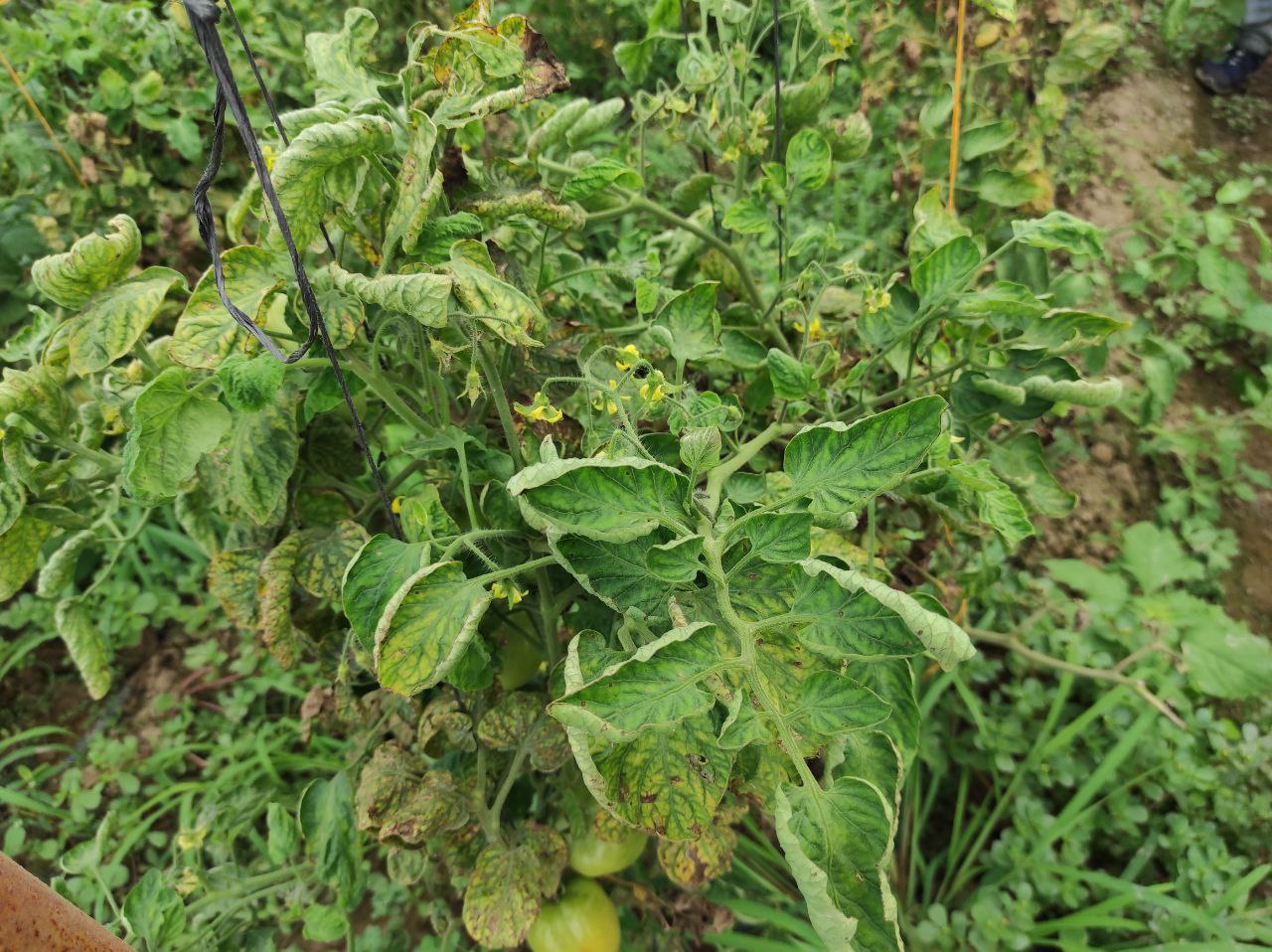
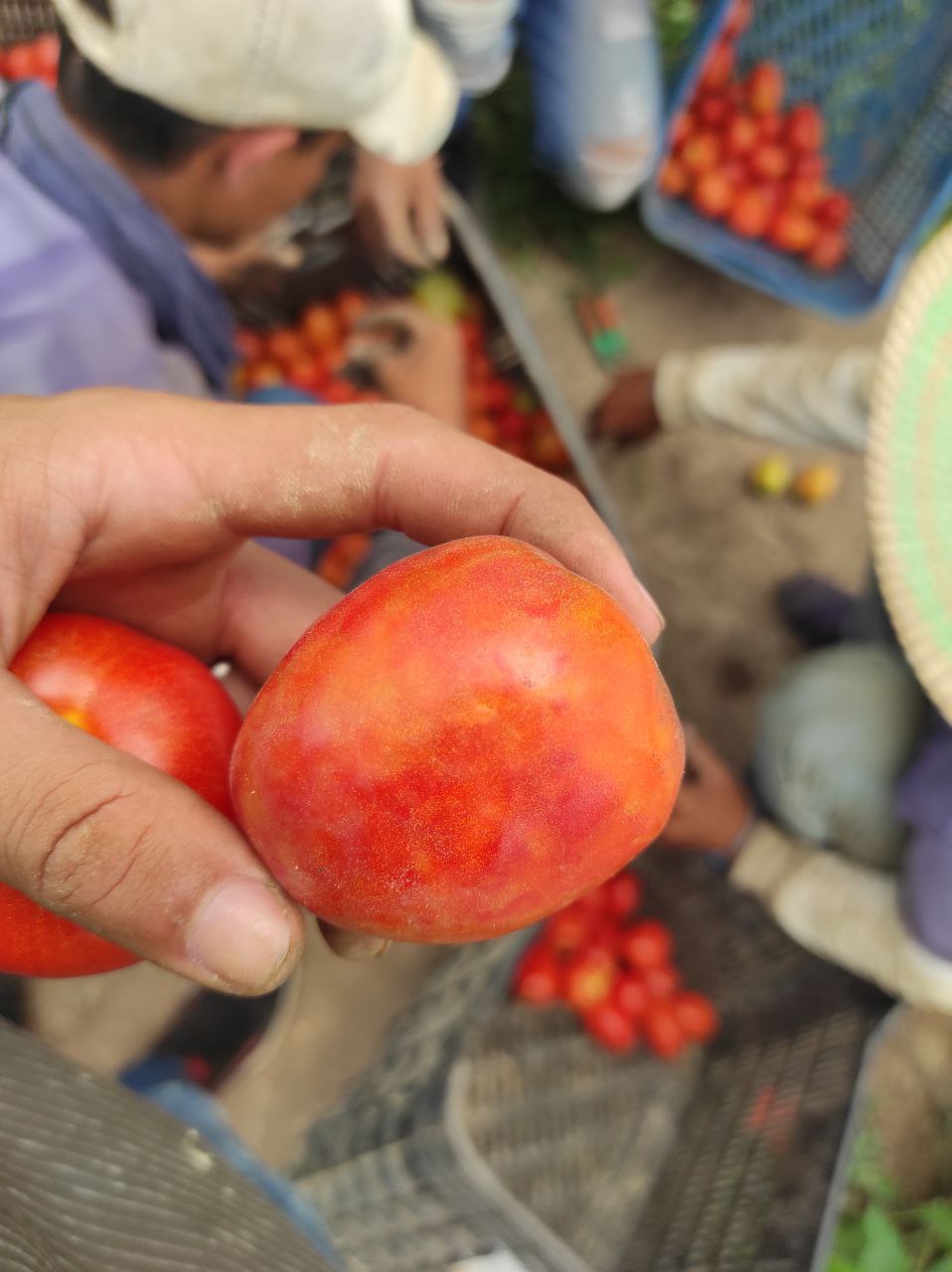
Las 3 variedades de tomate se han manejado con una fertilización distinta aunque muy parecida, hemos ido mejorando para bien y cada vez lo hacemos mejor, trabajamos en base a nuestros conocimientos y lógica para tener una buena cosecha y me atrevería a decir que esta ultima será la mejor pese a las adversidades.
En la agricultura existe un porcentaje 50-50, el cual puede ser perdida o ganancia, ya que las plantas son muy delicadas y hay que estar encima de ellas para ver que cambios presentan, asi que hace una inversión de 5000$ o mas puede tener una ganancia de la misma cantidad, o una perdida completa.
The 3 varieties of tomato have been managed with a different fertilization although very similar, we have been improving for the better and every time we do it better, we work based on our knowledge and logic to have a good harvest and I would dare to say that this last one will be the best despite the adversities.
In agriculture there is a 50-50 percentage, which can be loss or gain, since plants are very delicate and you have to be on top of them to see what changes they present, so that makes an investment of $ 5000 or more can have a gain of the same amount, or a complete loss.
En las próximas semanas espero mostrarles los avances, asi que nos vemos en la próxima.
In the next weeks I hope to show you the advances, so see you in the next one.